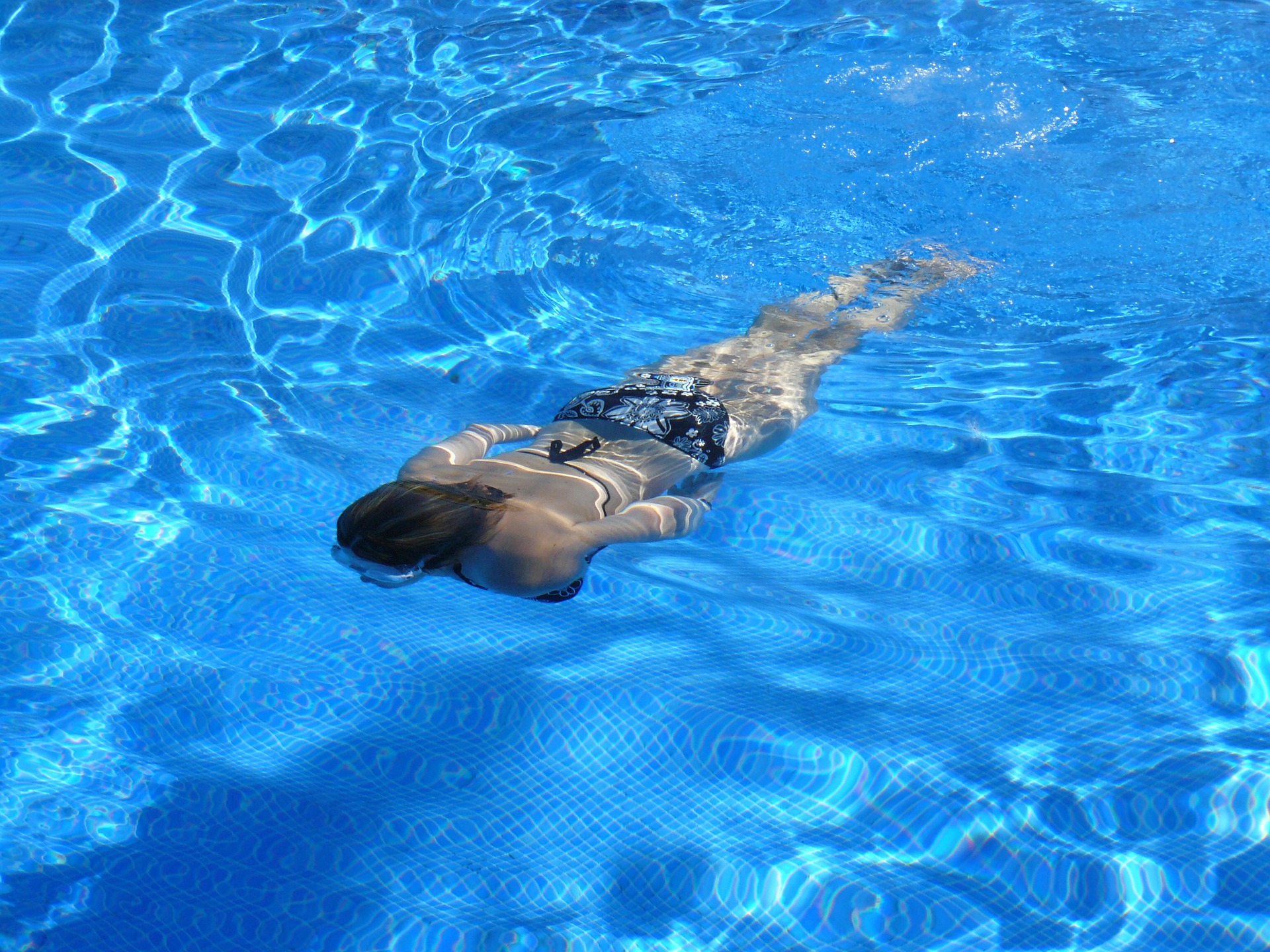Media Release
From: CRC for Low Carbon LivingEnergy guzzling pool pumps can be tamed – new research
Pool pump energy consumption can be reduced by 71%, save an average $486 annually on electricity bills, and reduce greenhouse gas (GHG) emissions by 1.67 tonnes of CO2 each year, new research reveals.
Pool pumps are the second biggest user of electricity in Australian homes after hot water systems and account for 30% of a household’s total energy consumption, making these results significant.
The research was conducted by University of New South Wales (UNSW) via a CRC for Low Carbon Living funded research utilisation project, with Randwick City Council and Simply Better Pool Savings (SBPS) as contributing partners.
The energy savings returns were assessed for 70 residential pools for either a new pool pump or a retrofit pump speed controller option, as well as a suite of other optimisations for the existing pool’s equipment settings.
Utilising previous research results from an earlier CRC project (Pool Efficiency Program), the present project implemented the retrofit options at a larger scale in order to gauge pool owners acceptance, which was positive.
Project Leader, UNSW’s Professor Alistair Sproul, from the School of Photovoltaic and Renewable Energy Engineering, said this research had already proved that the SBPS low flow retrofit to the pool pump delivered significant pressure reductions, resulting in energy savings that did not compromise pool cleanliness or solar heating system performance.
“If such a highly efficient pool filtering system were implemented across Australia, around one megatonne of CO2- of greenhouse gas emission could be reduced and one gigawatt of peak electricity demand could be avoided each year,” he said.
“We also found that these low flows in a typical residential solar pool heating system were feasible and significantly improved energy efficiency, with around 70% of the pumping energy saved.
“The 70 pool owners that were provided free energy assessments received a tailored report on how their pool consumed energy, suggestions on energy reduction, and subsidised pool pump retrofit or pump replacement options were offered, of these, 39 chose to invest in improvements and they all chose the retrofit pump speed controller option,” said Professor Sproul.
The results also showed that average payback times for pumps from pool efficiency measures were three times as fast as those typically achieved from rooftop solar. Investment returns were similarly, three times better, and compared favourably to other energy improvements like installing LED lighting.
Over 94% of participants who adopted a pool retrofit reported they were either satisfied or better for the experience, and over 44% said they were extremely satisfied. Pool pump noise was also reduced by approximately 86% on average, which was highly regarded.
Simply Better Pool Savings Principal, Mr Neil Cunningham, whose company has a unique focus on pool pump energy reduction said the results were helpful for business.
“Our focus is on helping people understand the problem of high pool energy costs so we can provide clear and credible solutions,” he said.
“The study included seven key and important optimisations and quality assurance safeguards not commonly and consistently undertaken by conventional pool industry practitioners. These were brought in by Simply Better Pools Savings and were fundamental to the successful outcomes for pool owners in the research program.”
Randwick City Council’s residential reach provided access to a significant number of interested pool owners in the area to get involved with the project.
Randwick City Council’s Mayor, Kathy Neilson said: “Randwick Council and UNSW have a long running program of cooperation around sustainability, so we were delighted to work with their experts to bring these cost and energy savings to our residents.”
CRCLCL CEO Professor Deo Prasad said the research was one of the Centre’s many research projects focussed on encouraging low to zero carbon living throughout Australian industry and society.
“This research is another example of the many outcomes that the CRCLCL has created during its seven-year life, which will help guide individuals, industry and communities on how they can lower their carbon footprint and mitigate climate change,” said Professor Prasad.
Consumer information on pool programs and media contacts
Pool owners interested in exploring this solution can do so through Our Energy Future. They work closely with Councils to help their residents access trustworthy, up-to-date, energy saving advice and access high quality products and services from that meet Australian conditions and standards and provide value-for-money. Pool owners will have the opportunity to have a free online assessment of their pool and a written report similar to the ones received by participants in the research study.
About the Cooperative Research Centre (CRC) for Low Carbon Living: The CRC for Low Carbon Living (CRCLCL) is Australia’s only research and innovation hub committed to lowering carbon emissions in the built environment sector. The CRCLCL is on target to meet its founding goal of lowering Australia’s residential and commercial carbon emissions by 10 mega tonnes by 2020, through the development of advanced construction materials and the development of social, technological and policy tools. It officially closes at the end of June 2019.


